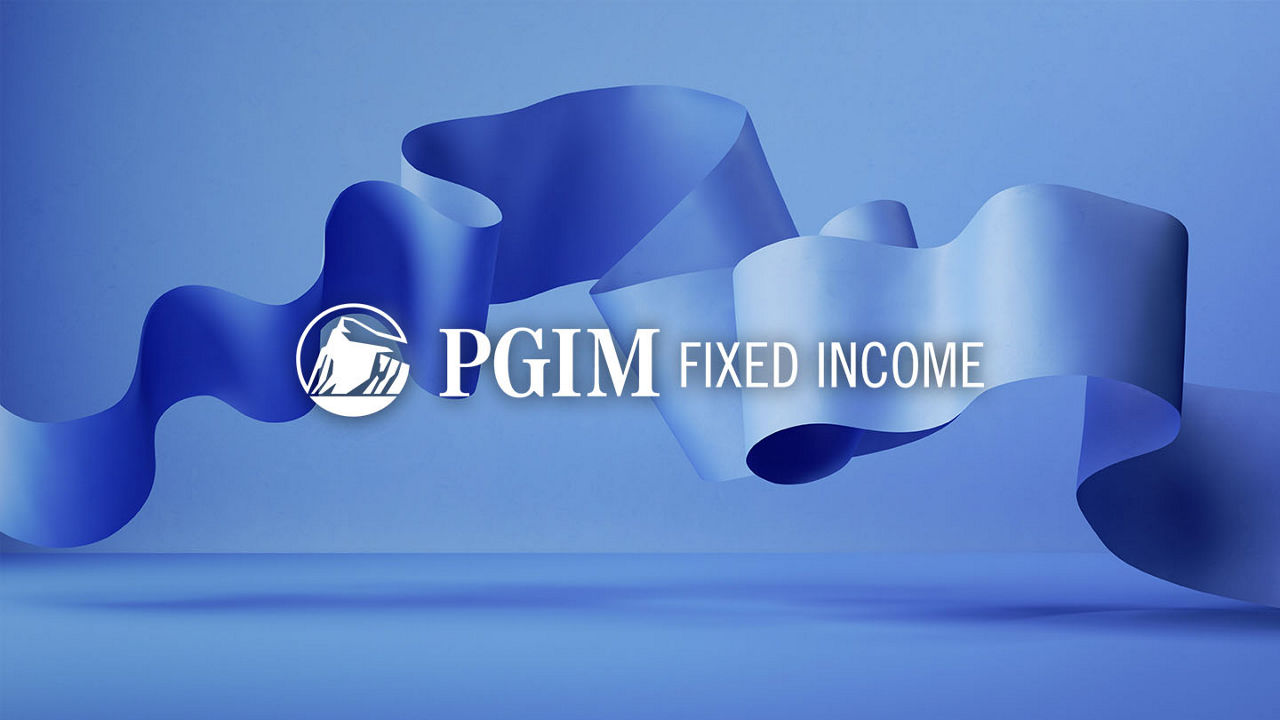Quick Take:
- Reasonable equity valuations (in line with 20-year averages) boost case for strategic exposure.
- Potential opportunity for Eurozone economies to break the shackles of weak productivity growth.
The war in Ukraine has upended industries that were dependent on cheaper sources of energy, especially from Russia. While hopes are growing for a settlement in the Ukraine-Russia conflict, other trends such as rise of Chinese brands in the auto sector are having an impact on major European industries. For example, Chinese electric vehicle brands in Europe have risen to 21% of all cars sold in the EU in 2023. Trade negotiations between the EU and China are ongoing, and there is uncertainty about a further escalation and potential retaliatory measures by China.
Eurozone economies also tend to suffer from structural headwinds such as less flexible labour markets and score lower on measures of the ease of doing business, which tends to be associated with slower productivity growth. These, along with the headwinds mentioned above, are likely to keep European corporates on the backfoot compared to their developed markets counterparts over 2025. Efforts to jump start competitiveness are promising, but less likely to bear fruit in the near term.
Within our global multi asset portfolios, we still prefer US stocks over other developed market equities as well as emerging markets stocks on a tactical basis. Despite these near-term challenges, European stocks have attractive long term expected returns,1 especially relative to US equities. These returns are driven more by attractive valuations rather than earnings outlooks which are relatively softer.
On a stand-alone basis European valuations are not too expensive, trading in line with the last twenty-year average based on forward earnings multiples. Overall, European equities should be considered as a key strategic exposure within broadly diversified portfolios.
1. Nov 2024, 2024 Q4 Capital Market Assumptions (Accessed December 2024)
-
Europe underexposed to growthInvestors in European equities may have to be content with yet another year of modest returns, or work harder to unearth compelling opportunities.
Read More
-
Investors favour Europe over UK, and infrastructure in focusThe progressive shift from a bank funding to a non-bank funding model is the big theme playing out in Europe.
Read More
-
Total returns set to improve furtherStable yields and rental growth tell a compelling story, despite remaining elevated risks. The outlook is improving, but investors recognise the road ahead.
Read More
-
Recession and stagflation concerns persistA constructive outlook for the European economy exists, but Europe still faces a 'perfect storm' of cyclical and structural headwinds.
Read More







